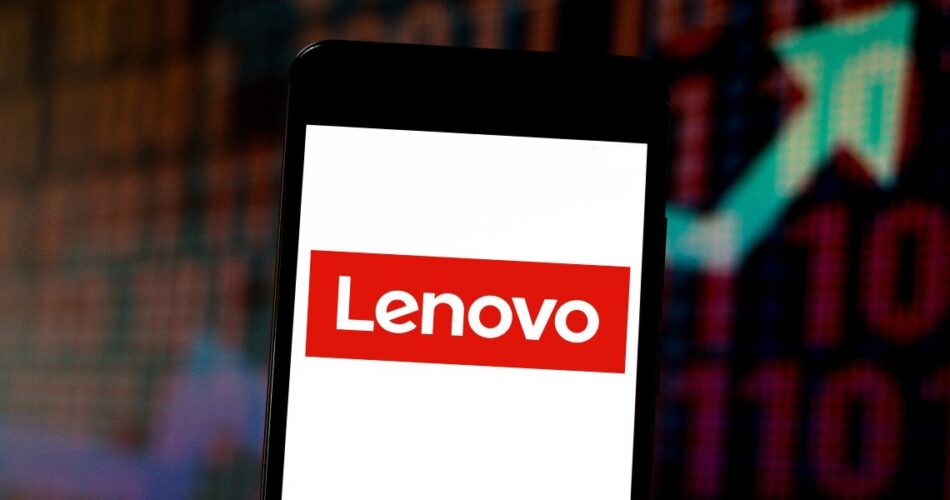Lenovo’s data center and infrastructure business has turned a profit for the first time.
The Chinese giant had high hopes for the data center when it acquired IBM’s x86 server business in 2014, but was quickly disappointed after a strategy to have its PC sales force sling servers largely failed. A re-org created a dedicated Data Center Group that produced plenty of red ink over the years, leading to another corporate shuffle in February 2021 which saw data-center-centric products relocated to an Infrastructure Solutions Group (ISG).
A year later, that group has turned a profit [PDF] for the third quarter of its fiscal 2021/2022, albeit a modest one: $1.9bn of revenue represented 19 per cent year on year growth and produced $17m of surplus – a slim margin even in the cutthroat hardware business during a time of component shortages and high freight charges.
Lenovo execs this week said increased profitability of sales to cloud service providers was a big reason for the turnaround, with buyers responding well to products aimed at emerging cloud players. Sales to businesses of all sizes also improved, and they snapped up high-margin server, software and services. Investors were told that the ISG’s outlook is good as silicon shortages mean a backlog of orders awaits fulfillment.
While ISG finally found some black ink, much more of it could be found elsewhere in the business. Overall revenue for the three calendar months to December 31 hit $20.1bn (up 17 per cent year-on-year), $640m of it net income (up 62 per cent).
The Solutions & Services Group (SSG) – another entity created in February 2021 which covers IT-as-a-service and managed services – grew 25 per cent year over year to post $1.5bn of revenue and operating profits of $340m. It is now Lenovo’s highest-margin business – please remember that, dear reader, when haggling with the company for ITaaS.
The Intelligent Devices Group (IDG) – responsible for PCs, smartphones, and other gadgetry – grew revenue by 16 per cent year-on-year to $17.6bn. Operating profits popped by 21 per cent to $1.4bn. Premium PCs propelled the business, with workstation revenue up 40 per cent and gaming-related machines delivering 27 per cent growth.
The shift to remote working helped the IDG to do well, because punters want premium product.
The Motorola smartphone business also did well, posting $89 million in profits.
Supply chain issues remain a challenge for Lenovo, but the company told investors it sees easing in the market and has also adjusted its practices to cope with shortages.
In the seven years since Lenovo closed its deal to buy IBM’s x86 servers, the Chinese titan never hinted it could exit the data center market even when strategy after strategy failed to deliver a profit. One reason Lenovo stayed in the market was the belief that home field advantage would see Chinese buyers prefer the company. China certainly helped this quarter, delivering 23 per cent growth across the company’s offerings – faster than the 15 per cent achieved in North America, and six points elsewhere in Asia. No EMEA number was offered.
But even with good growth for the ISG, it remains a relatively minor data center player. Dell’s infrastructure group won $32.5bn of revenue in FY 2021, while HPE’s data-center-hardware-centric revenue topped $23bn. Lenovo’s a long way behind, and cloud continues to be a secular challenge to everyone in the data center business. ®
Source link



